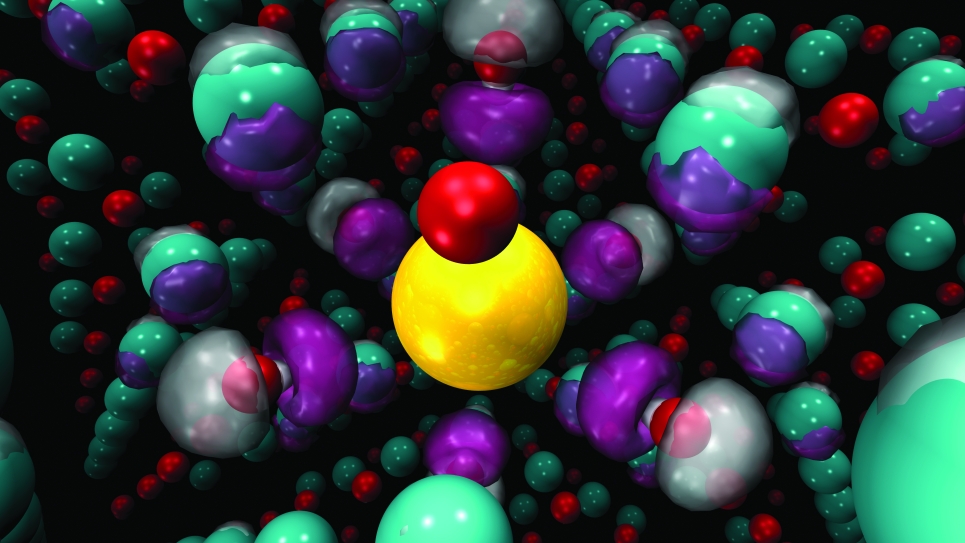
Exascale Simulations of Quantum Materials
Through this INCITE project, a team of researchers proposes to apply quantum Monte Carlo (QMC) methods to provide reliable materials predictions for several classes of quantum materials of tremendous topical interest.
To help meet the challenges of reducing energy, realizing new technologies, and identifying optimum materials for specific applications, advances in our ability to understand, predict, and realize desired phenomena in specific, real materials is critical. This demand is particularly strong for quantum materials – solids with exotic physical properties arising from the quantum mechanical properties of their constituent electrons – which promise to facilitate, e.g., new quantum sensors and devices, and new forms of low-power electronics. While databases of candidate materials have been created based on approximate calculations, it is now clear that more accurate and more computationally challenging methods need to be applied to refine this work, obtain detailed understanding, and to precisely identify high-impact experimental targets.
Accurate, quantum-mechanics based simulations of these materials are very challenging due to the role of spin-orbit interaction, magnetism, electronic charge, and their combined coupling to the material’s structure. Through this INCITE project, the team proposes to apply quantum Monte Carlo (QMC) methods to address these challenges and provide reliable materials predictions for several classes of quantum materials of tremendous topical interest. For broader community impact beyond results on specific materials, they will also systematically compute properties of a small series of materials and publish the resultant database. This will help reveal underlying trends and serve as the reference requested by the theoretical quantum materials community.
